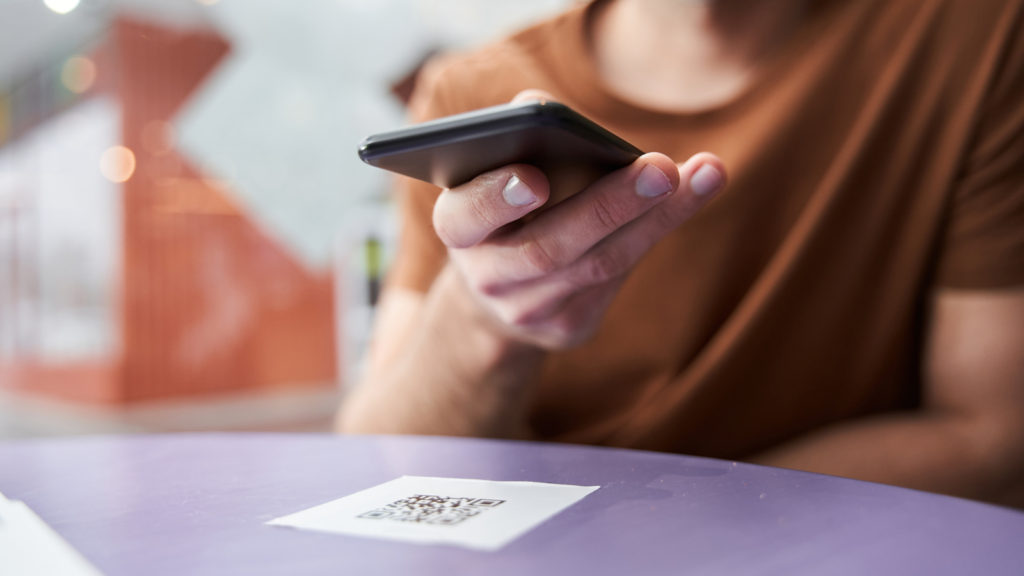Hey, arts marketers! Do you remember the brief period when QR codes were all the rage in America in the early 2010s? Like back when the rest of the world was still using paper tickets too? Well, thanks to the pandemic, they’ve made a comeback!
The potential of QR codes was always there, but there was a technology barrier, and marketers struggled to find good use cases. So, what changed? First, quite a few years have passed, and most people now have access to smartphones solving the technology issue. Second, the ultimate “use case” came along in the form of COVID-19. Suddenly, everyone was looking for touch-free solutions to prevent the unnecessary spread of germs, and BOOM, the trusty QR code replaced most menus around the world.
I know you’re probably asking yourself why you should care about QR codes as an arts organization, so let’s jump right in. Here are a few instances you might consider using QR codes to provide quick access to resources for your patrons:
- Donation links
- Links to Playbills and program notes
- Public wifi network access
- Intermission menus
- Promotions during live events
- Contact information
- Digital maps
How to Create QR Codes for Your Organization
To create a QR code, you’ll need to use a QR code generator to create your unique QR image. Sites like QRCode Monkey allow you to quickly and easily set up QR codes that will direct users to your specified URL. If you don’t have an existing landing page that you’d like to link to, consider uploading a PDF of the resource (e.g., playbills, digital maps, etc.) to your website to generate a URL.
If you decide to add QR codes to your 2022 marketing strategy, make sure your codes lead to valuable resources and require as few clicks as possible to access. Looking for more inspiration? Check out our Marketing the Arts blog category!

